William Morris Pomegranate and Lily Pillow
$48.60
The original Lily and Pomegranate pattern was available with a ivory, Jupiter blue, cobalt, heritage red or coal background, Dante Gabriel Rossetti painted no fewer than eight painting of William Morris’s wife, Jane Morris, as Proserpine, the Goddess carried off by Pluto to his palace of the dead in the underworld, Jane was Rossetti’s mistress for nearly a decade, from 1865-1876, when Jane discovered his addiction to the opiate laudanum, Rosetti also painted Jane as Beatrice, Pandora, and Astarte, but it was the goddess of the underworld that he returned again and again.
Lilies have long been associated with restored innocence after death in 1882, Morris bought these symbols together in his design for Lily and Pomegranate, Morris’s design shows a complex background pattern, when this design was transferred to a wood block for wallpaper and fabric printing, the pattern was represented by dots suggesting “snow”, and the winter that followed Demeter’s loss of her daughter and Morris’s own innocence at the loss of his idealized love of Jane.
PRODUCT DESCRIPTION
A decorative cushion cover that is sure to liven up any room in your house. Available to buy on its own or with a cushion inner.
- Made from Signare tapestry woven fabrics, Signare cushion measures 45cm, 18’’/45cm, 18’’. A sofa cushion cover will liven up any room in your house.
- Double sided cushions for sofa with piped edge. The artwork is represented on both sides. Concealed zip on one end to allow pad to be removed for washing or replacement.
- The main material for pillow covers are made from a high-quality woven tapestry. The uniqueness of a SIGNARE TAPESTRY bag is the design artwork. Every Signare product has its personality and story to tell.
Practised for thousands of years, the art of tapestry making is woven into a diverse range of cultures around the world. In Europe, tapestry has a long history dating back to the middle-ages when tapestries combined practical, social and aesthetic functions; helping to keep out drafts in chilly medieval castles and baronial halls as well as communicating stories of myth, morality and religion in times when few people were able to read.
While the nature of design themes and the materials used vary across cultures and over time, the process of tapestry weaving has remained largely unchanged for millennia. By weaving interlocking threads, the artist is able to interpret designs with unique results and produce images with a textural dimension – very different from a painting or a photograph.
Alongside painting, sculpture and architecture, tapestry remains one of the most important visual arts – still flourishing today as new generations of artists use the medium to create contemporary designs.
Be the first to review “William Morris Pomegranate and Lily Pillow” Cancel reply
Related products
Lifestyle & Home
Lifestyle & Home
Greeting Cards
Greeting Cards
Lifestyle & Home
Lifestyle & Home
Christmas Decorations
Lifestyle & Home
Lifestyle & Home


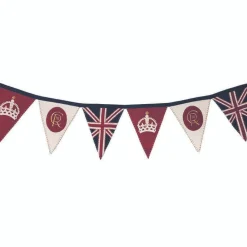
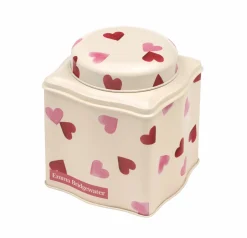
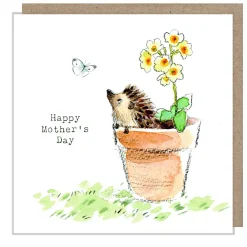
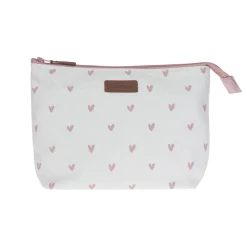

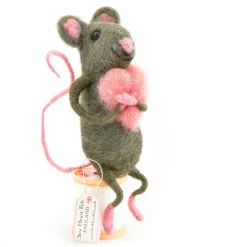
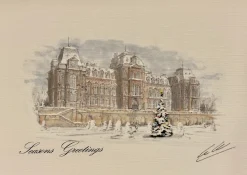
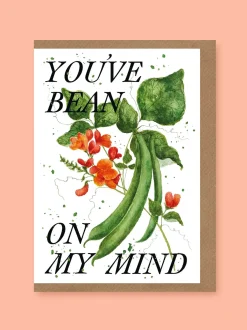
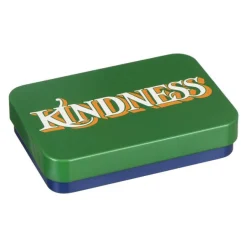
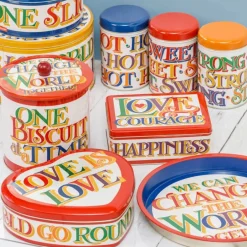
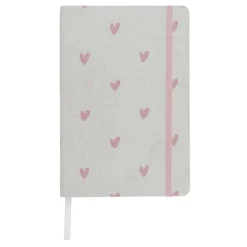
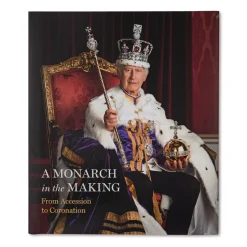
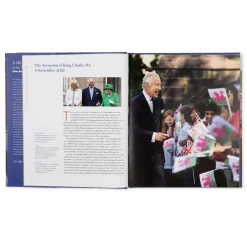
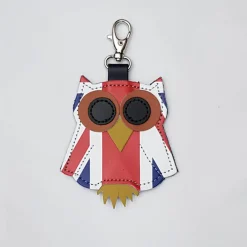

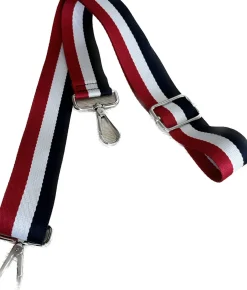

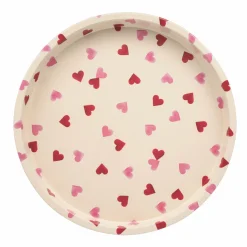

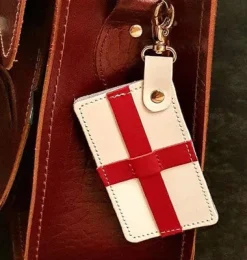
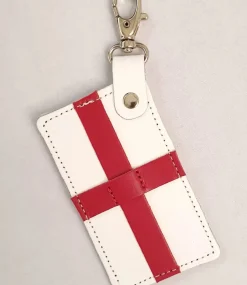
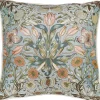
Reviews
There are no reviews yet.